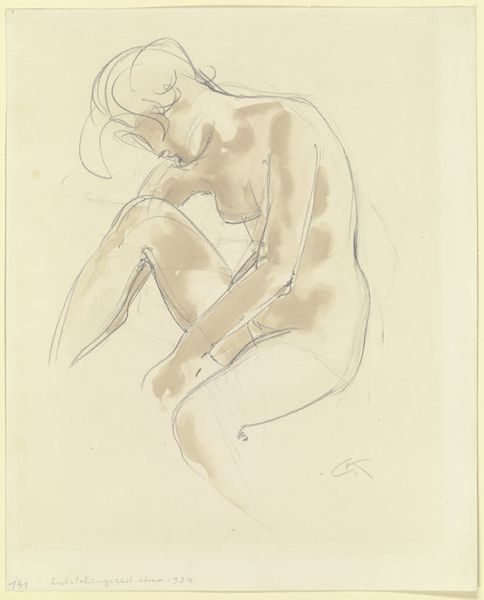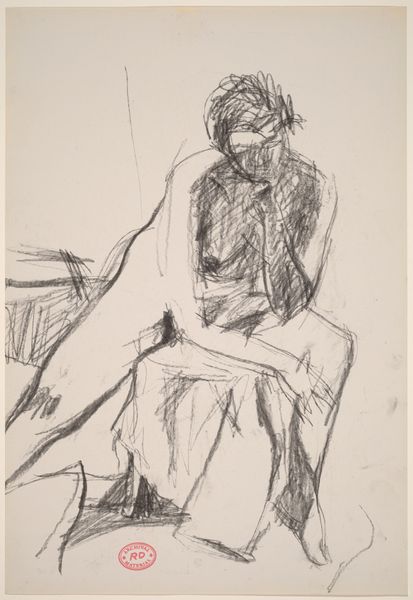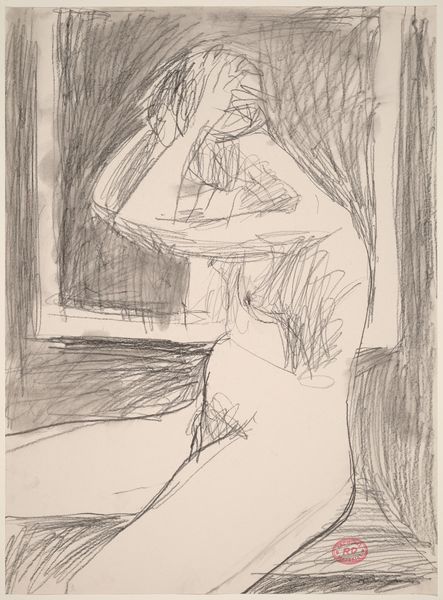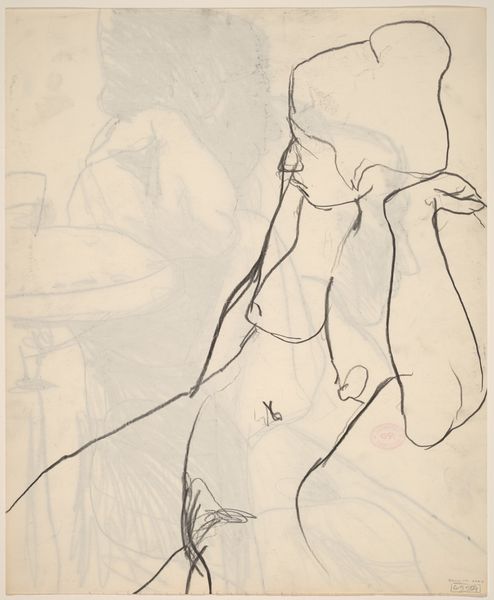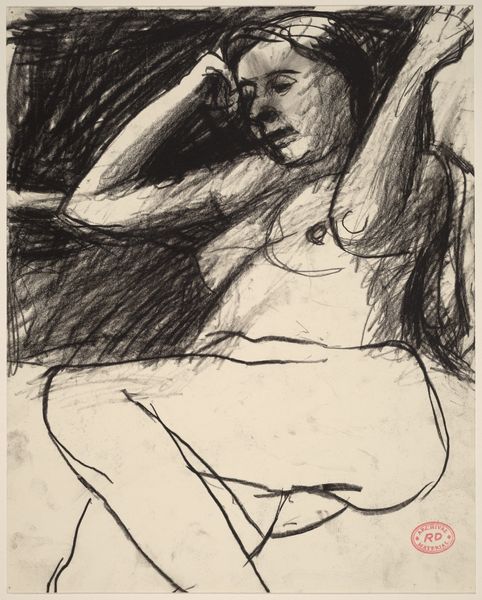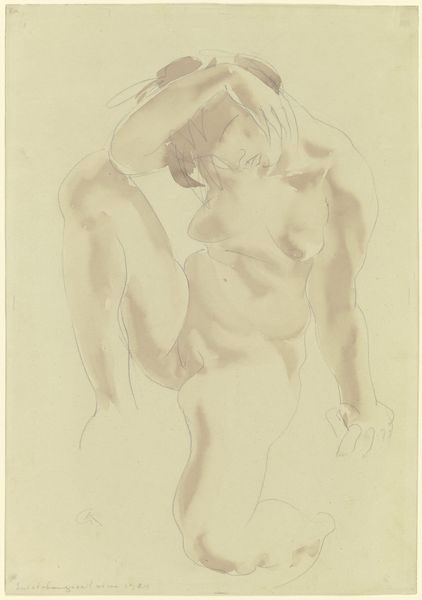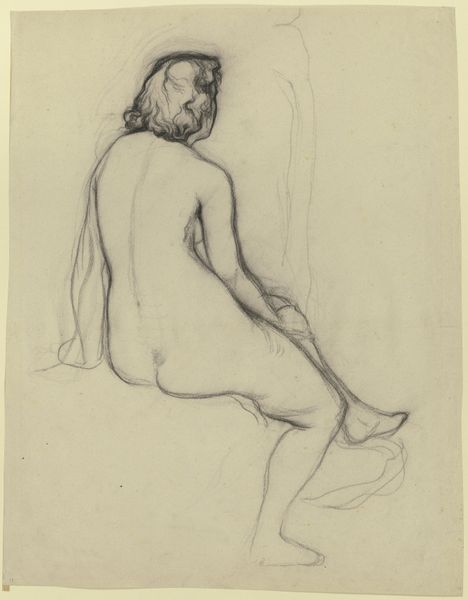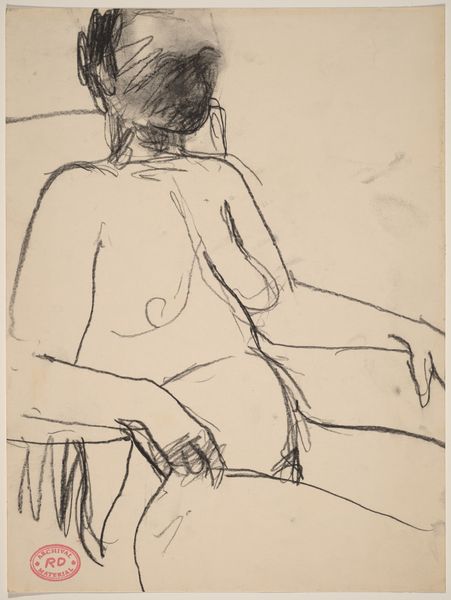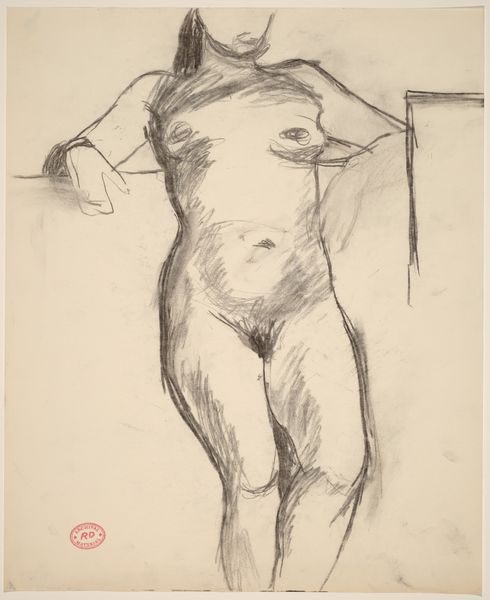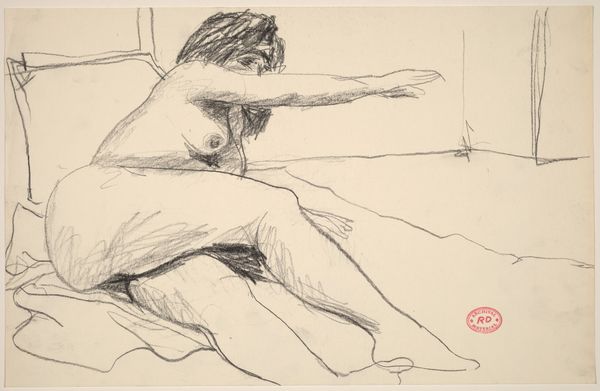
Dimensions: 12 13/16 x 9 7/8 in. (32.5 x 25.1 cm)
Copyright: Public Domain
Auguste Rodin sketched "The Embrace," with watercolor and graphite, on paper. It captures the raw, unfiltered essence of human connection through the motif of embrace. The motif of the embrace, found in ancient Greek sculptures and Renaissance paintings alike, speaks to the universal human desire for union, protection, and affection. Consider how the figures intertwine, their forms almost dissolving into one another. It is reminiscent of the embracing figures in Klimt’s “The Kiss," or the amorous couples painted on ancient Etruscan sarcophagi, where such closeness signified not just love but also a symbolic union in death and eternity. Rodin channels this primal yearning, tapping into our collective subconscious, rendering the embrace as a potent symbol of human existence. Note how the bodies here merge—the intensity of the embrace speaks to a deep-seated longing for wholeness.
Comments
No comments
Be the first to comment and join the conversation on the ultimate creative platform.
